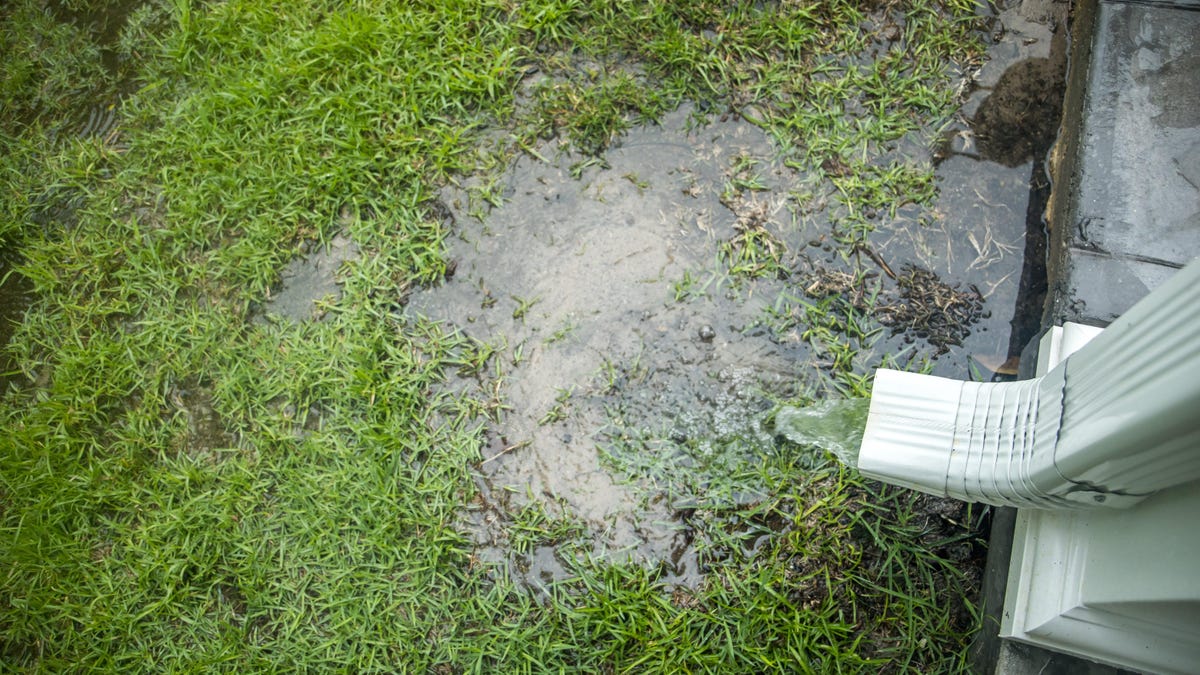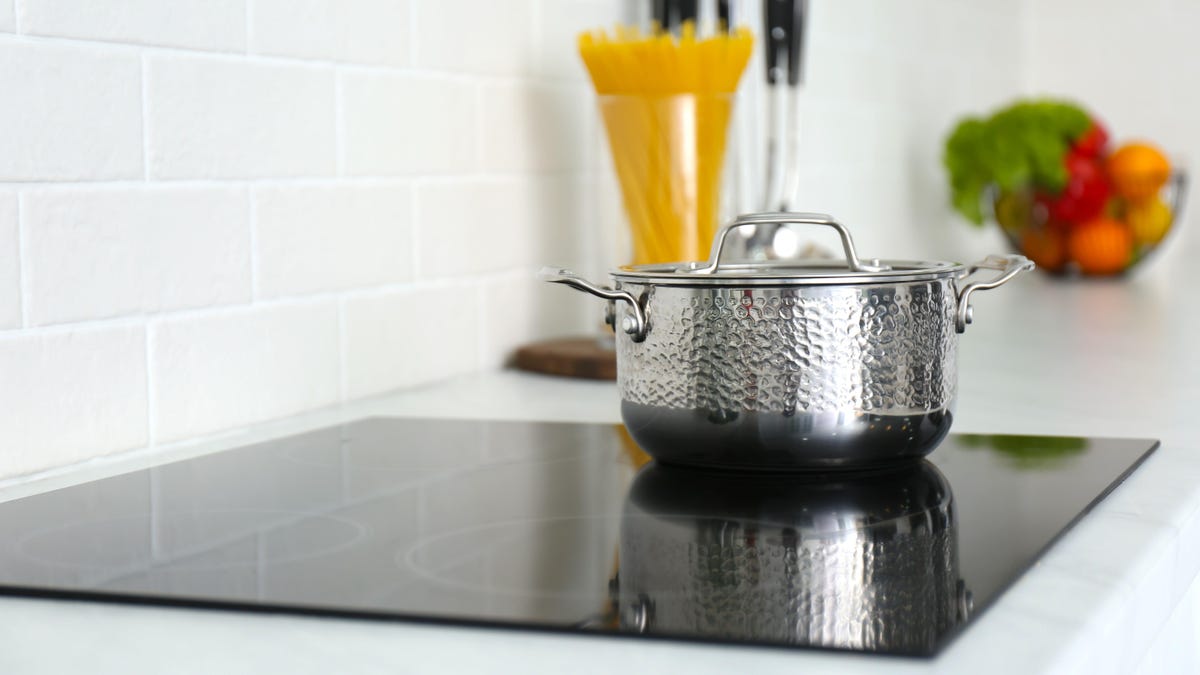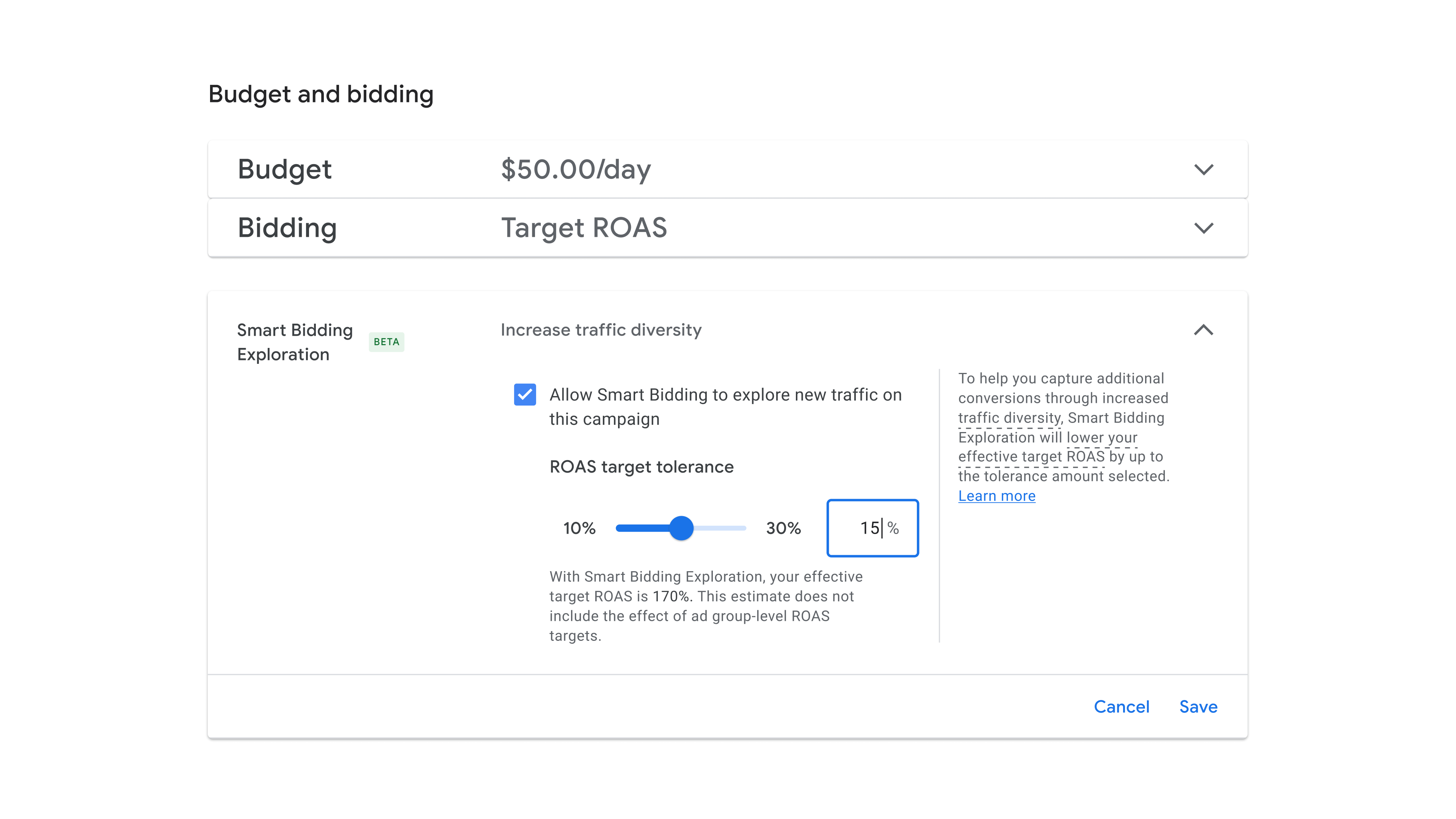Cheap and Easy Ways to Keep Water Away From Your Foundation
We can all appreciate that April showers bring May flowers; but when those showers also bring dampness to your basement and water damage to your foundation, that appreciation wears thin. For those who live in parts of North America...

We can all appreciate that April showers bring May flowers; but when those showers also bring dampness to your basement and water damage to your foundation, that appreciation wears thin. For those who live in parts of North America experiencing a rainy early spring, the deluge coming from the downspout might seem like an unstoppable force. Luckily, there are simple ways to direct streams of water away from your structure and into other areas where the moisture can be absorbed by soil or plant life. Here are some easy and cheap ways to keep your foundation dry during the wet season.
Look for signs of drainage problems
The first step is to assess your drainage system and see if you have any problems. Before you notice damage to your foundation, or water indoors where it shouldn’t be, there are often signs to spot outside. If your gutters are overflowing and your downspouts are clear of debris, this can be a sign that your yard is too saturated and lacks sufficient drainage. Any time you notice that mulch or soil is getting displaced near the foundation of your home, that can also be a sign that you’ve got too much coursing water traveling too close to the structure. Keep your eyes open for standing puddles, spongy grass or landscaping, or muddy splatters on the outside walls of your home, as those are all signs that there’s too much water with no place to go.
Indoor signs of drainage issues
Indoors, if there’s moisture seeping into your foundation, you might notice mildew, a musty smell, damp spots on basement walls or near your baseboards, or you might see residue from evaporated moisture on interior walls. Any of these problems warrants a visit from a professional to make sure that the water damage you’re experiencing hasn’t damaged any of your home’s structure. You should make sure to dry everything out as best you can to avoid mold and mildew from growing.
Fix your grading
One of the most common drainage issues your house can have is what’s known as negative grading. That means that rather than sloping gradually away from your structure, the ground around the house slopes toward the foundation. This can be caused by landscaping materials, running water moving soil around, or just bad planning on the part of the builder. Whatever the reason, making sure that the slope of the soil around your house is at about five degrees or more will improve drainage. In some cases, you can accomplish this yourself by removing some soil that has washed into a barrier preventing drainage, or adding soil close in to the house, taking care to keep it out of contact with your siding and insulation. For bigger jobs, you will need to hire a professional.
Add a diverter
If the problem is the sheer volume of water coming out of the gutters and into the downspouts, you can try adding a diverter to the spout, allowing the water to flow more freely. This will send the stream of water from the downspout away from your foundation, cut down on splashback, and keep the bottom of the spout clear. You can find flexible diverters that can get around trees and shrubs, as well as flatter, low profile diverters for a less obvious option. These cost between five and twenty dollars and are made to fit most standard downspouts.
Plant a rain garden
Another way you can try a DIY fix for a spongy yard is to make yourself a rain garden. Ferns, native grasses, and rushes will all help absorb water into the deeper soil and keep down standing puddles that can cause back-ups and foundation problems. Fern plants are available for a variety of climates and regions, and will usually cost $5-30 per plant. Rushes cost up to $45, depending on the type and size, but they will often last for years once planted. Native grasses vary by region and can cost between up to $45 per plant depending on the size and type of grass. These plants will usually need to be watered during the dry season since they’re rain-loving varieties.

 Hollif
Hollif 






























